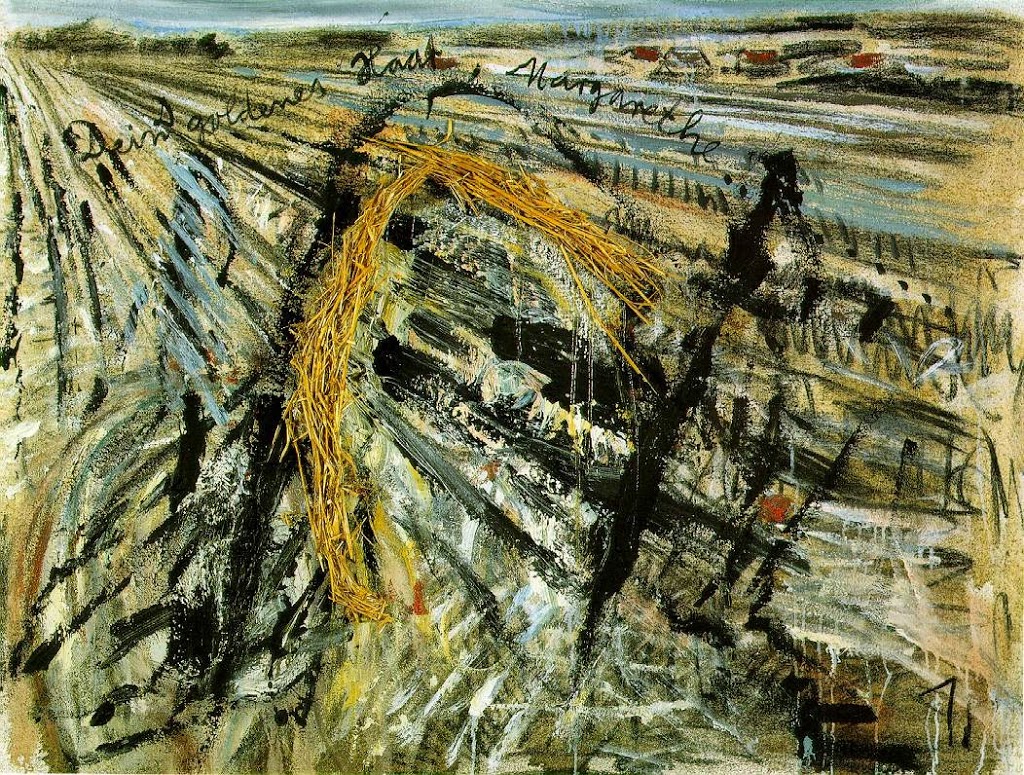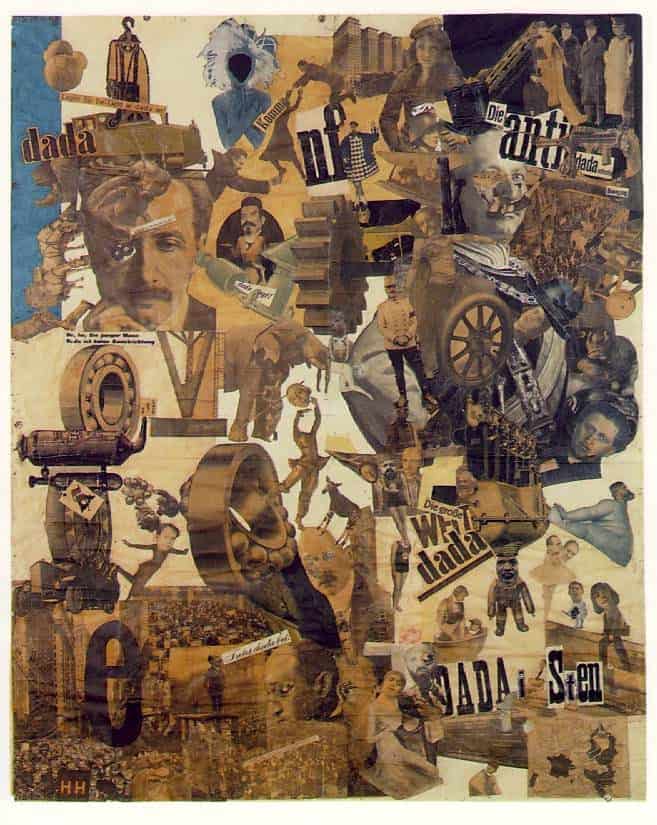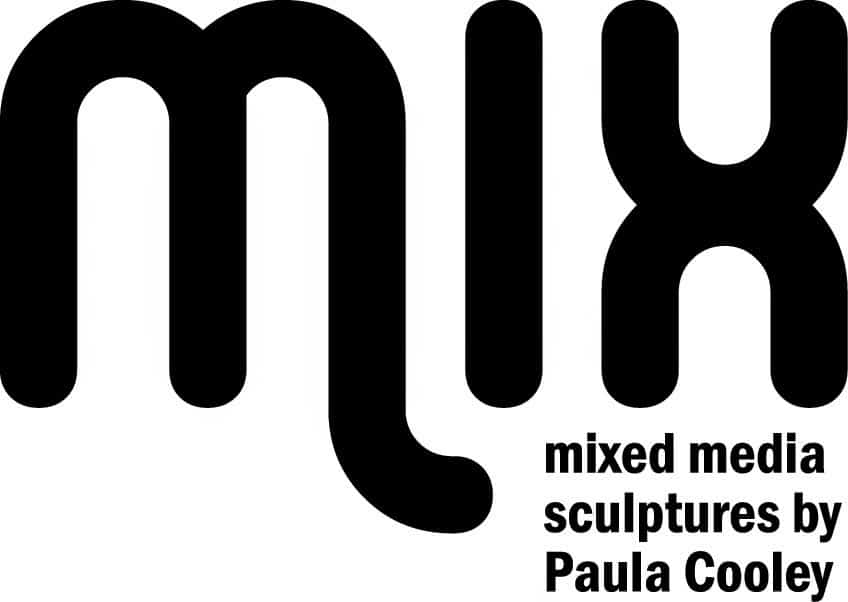Submitted by: Maia Stark, SCC Gallery Assistant
In a gallery exhibition you may occasionally see the media on the label listed as “mixed media.” This may seem obvious to you, as you inspect at the piece; look, there’s string, paper, paint… and you may ask yourself, why not just list the various materials? What is “Mixed Media,” and why is it a category unto itself?
“Mixed media” includes any artwork (2-dimensional or 3-dimensional) in which more than one medium has been employed. This could mean that one uses not only paint, but can include found materials like mud, grass, magazine cutouts, stencils, pennies, charcoal, etcetera. The Saskatchewan Craft Council defines mixed media as “includ[ing] any object which integrates two or more mediums in the structure and design of the object” (SCC). This can include collage, assemblage art, altered objects, altered books, cards and journals (mixedmediaart).
 |
| Anselm Keifer’s famous work Your Golden Hair, Margarete (1981), employs oil paint, emulsion and straw on canvas (Ibiblio). |
Mixed media, though appearing to include a wide range of works, is in fact rather specific when we consider similar categories of artwork. Media, when referring to mixed media specifically refers to media of materials, not media of popular culture. Consider the distinction between mixed media and “multimedia.” Multimedia art implies a broader scope, “combining visual art with non-visualelements (such as recorded sound, for example) or with elements of the other arts (such as literature, drama, dance, motion graphics, music, or interactivity)” (Wikipedia). Mixed media art will specifically use various materials, either traditional or found objects, which support the intended idea for the piece and can potentially attain a wide range of self-expression.
Mixed Media is not a strictly contemporary category of art. The term has been present in discussions about art for over a century, since about 1910, popularly associated with mixed media paintings by Pablo Picasso and Georges Braque. Collage in particular, a sub-category of mixed media, increased in popularity among the Dadaists and Surrealists in the 1920’s and 30’s. This work signaled a rebelling against traditional norms, incorporating popular media to create political artwork which aimed to criticize and focus attention on particular issues. For example, Hannah Hoch (1889-1978) was a pioneer of collage and photomontage work, many of her pieces sardonically critiquing the mass culture of the beauty industry, institutional sexism, and racial discrimination by subverting images of fashion and advertising (Wikipedia).
 |
| Cut With the Kitchen Knife by Hannah Hoch, 1919 (source). |
Creating work with mixed media rejected certain traditional models, which were built on systems which only allowed certain privileged individuals to make art. For example, when art is defined as work which is made with high quality materials, those who cannot afford such materials, or do not have a spacious studio, or do not have an specific type of art education, are excluded from the title of Art-Maker. Mixed Media not only questioned what art is and can be, but opened up the title of “artist” to a wider range of makers, further blurring the line between “high” art and “low” art, between “fine art” and “craft.” Mixed media artwork allows for a tactile sense of the artwork, which can help the audience relate to physical objects and items in a personal way. A Saskatchewan license plate with paint and strips of leather can trigger a memory, a knowledge of the prairies in such a way that a painting or photograph of the same aesthetic shape cannot.
 Paula Cooley’s current exhibition explores the use of mixed media with her ceramic work, incorporating non-ceramic elements in a playful and colourful manner. “Mix” runs September 5thto October 18th, at the Saskatchewan Craft Council Affinity Gallery at 813 Broadway Avenue, Saskatoon, SK.
Paula Cooley’s current exhibition explores the use of mixed media with her ceramic work, incorporating non-ceramic elements in a playful and colourful manner. “Mix” runs September 5thto October 18th, at the Saskatchewan Craft Council Affinity Gallery at 813 Broadway Avenue, Saskatoon, SK.
